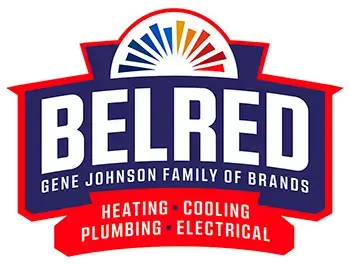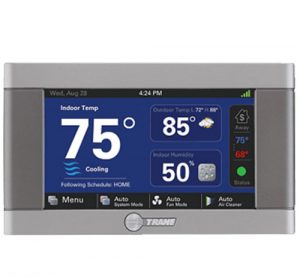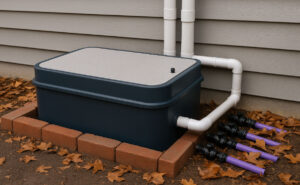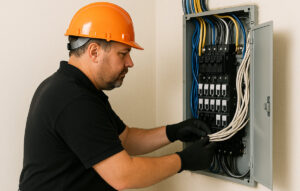Each season brings unique challenges and opportunities for homeowners to be able to save energy and increase the overall performance of their homes. Fall is an especially crucial time to be mindful of things you are doing around the house to save energy. As the warmer summer days are starting to come to a close, we thought we’d develop a blog series with ways that you can ensure you’re saving the most energy possible as you move into cooler and colder temperatures this fall.
In our final blog post in this series, we lay out a few additional tips to help you move into the colder fall and winter months in a much more efficient way. Here they are:
- Change your furnace filters. Something that is easy to forget yet can have a major impact on your heating system’s performance—switching out furnace filters. This 10 second project, though sometimes hard to remember, is a necessity. Switch out these filters once per month during the months in which you use your furnace the most. Your furnace will thank you for it.
- Run ceiling fans in reverse. Though not commonly known, many ceiling fan models have switches built in to reverse the direction of the blades as they spin. While fans are thought to only be for cooling you when you’re in the same room in the summer, ceiling fans running in reverse can push warmer air that has risen to the top of the room back down into air circulation, lowering the requirement for additional heat.
- Seal your windows with plastic. Window insulation kits are inexpensive (and ideally short-term) solutions to drafty or leaky windows as temperatures begin to drop. This is a relatively simple installation process and can help your home keep heat in and cold out. If you want to take the next step to energy savings greatness, explore installation of Indow Windows — they can save you BIG!
- Insulate your pipes. We regularly talk about the importance of lowering your water heater thermostat settings, but often ignore the source of getting that hot water to where you want it used. Insulating hot water pipes will ensure you’re not wasting the energy it took to heat up the water in the first place. Pipe insulation is cheap and can do wonders for your water heating costs and energy requirements.
We hope you’ve enjoyed this DIY series on home efficiency tips for the fall. Again, to ensure you’re making all the right moves to minimize your home’s energy usage, contact BelRed today.







